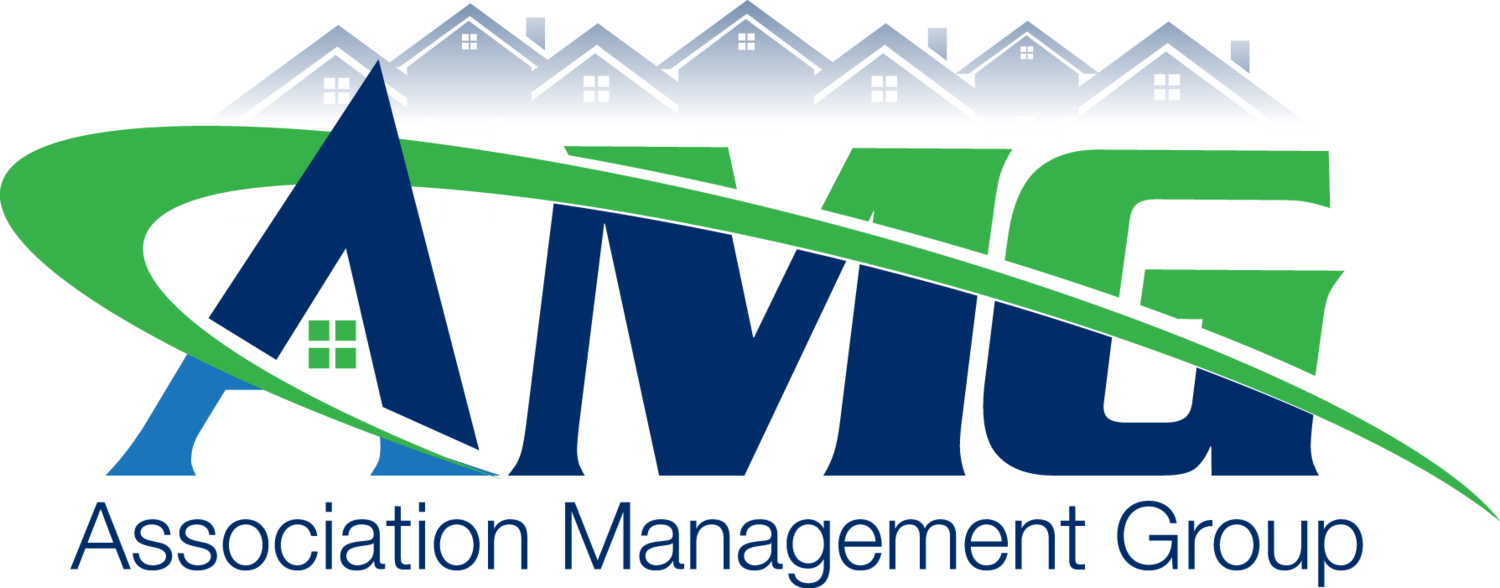HOA LEADERSHIP: BOARD MEMBERS AREN’T VILLAINS
/By Paul Mengert, CEO of Association Management Group
In response to Jamie Wiebe’s provocative article, “HOA Ruining Your Life? 10 Unenforceable HOA Rules—and How You Can Fight Back,” I feel it’s important to right-size the conversation. While the frustrations of some homeowners are real and deserve thoughtful attention and appropriate action, the larger picture is much more collegial and collaborative: : The vast majority of community associations, their board members, and their managing agents are not rogue enforcers. They are neighbors—volunteers working to protect home values, foster safety, and build stronger, more connected communities.
Yes, HOAs must follow the law. And yes, sometimes rules are flawed, misapplied, or outdated. But to paint community associations as power-hungry cabals based on a few anecdotes is misleading—and unproductive.
Let’s set the record straight:
1. Community associations don’t exist to control homeowners—they exist to maintain and protect neighbors.
No one wants a neighborhood where home values plummet due to neglect, disputes fester because there’s no process for resolution, amenities disappear, or community spaces fall into disrepair. When run responsibly, associations ensure common areas are maintained, finances are managed properly, and everyone plays by the same rules—not to stifle individuality, but to promote fairness and a better quality of life.
2. Board members aren’t villains—they’re volunteers.
Contrary to the portrayal of “HOA board members on a power trip,” most of these men and women are homeowners who donate their time, energy, and creativity to serve their neighbors. They are people juggling jobs, families, and civic duty. They step up, not because it’s glamorous, but because they know someone has to be willing to do the work to ensure the community functions well. Bottom line, most HOA boards are comprised of well-intentioned people doing their best to ensure their community thrives.
3. Rules aren’t arbitrary—they’re created through a democratic process.
Homeowners actually have more power than they realize. Governing documents,—including Covenants, Conditions, and Restrictions (CC&Rs), are developed and changed through community input. Residents vote on budgets, run for the board, and have the right to challenge any decisions they feel are unfair. The system isn’t perfect, but it is participatory.
4. Mistakes don’t mean malevolence.
When an unenforceable rule makes headlines, such as requiring specific trampoline covers, it
should be addressed. And often, it is. That’s how most HOA boards operate—quickly, effectively, and collaboratively. It’s important to reframe the situation and dial back the drama: The truth is, these are not systemic abuses; they’re correctable missteps. Strong associations welcome feedback, adapt to changing needs, and revise outdated policies that no longer serve a dynamic and evolving community.
5. A better HOA starts with engaged residents.
We all know Gandhi’s empowering adage: “Be the change you want to see in the world.” The same applies in all arenas of life, including HOAs. If you want change, get involved. Attend meetings. Join a committee. Run for the board. Good governance is a two-way street: The more residents participate, the more responsive, balanced, and effective associations become.
In conclusion, while the headline “HOA Ruining Your Life?” may draw clicks, it does a an undeserved disservice to the millions of homeowners who benefit daily from thoughtful, well-managed associations. HOAs are not inherently adversarial or dictatorial—they’re collaborative by design. When run with transparency, fairness, and community spirit, they serve one mission: making neighborhoods better for everyone.
While we know journalism is storytelling at its best, we should remember what investigative journalist Carl Bernstein said, “Good journalism should challenge people; not just mindlessly amuse them.” So, let’s move past the caricature and focus on solutions. That’s what responsible leadership—and responsible journalism—should aim for.










